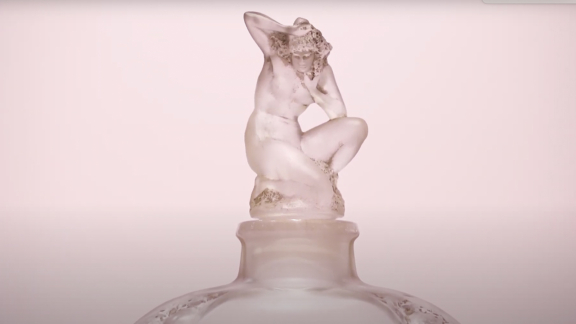
Modern perfume
Working with prominent perfumers of the time, Lalique applied art to the conception of glass for perfume bottles.

Working with prominent perfumers of the time, Lalique applied art to the conception of glass for perfume bottles.
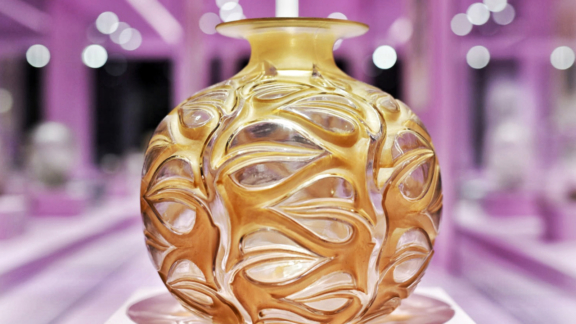
See how René Lalique was seduced by the versatility of industrial production, bringing art to both everyday objects and large-scale architectural interventions.
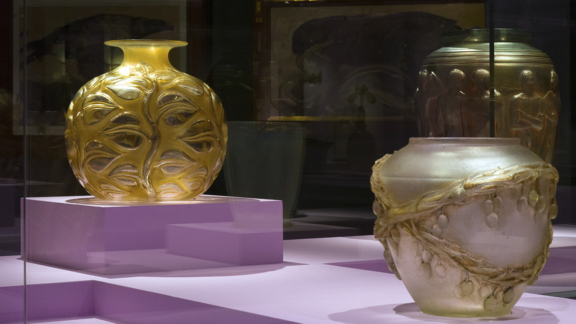
Get to know the process of lost wax casting, through which Lalique has created unique glass pieces. They reproduce his favourite themes: fauna and flora.
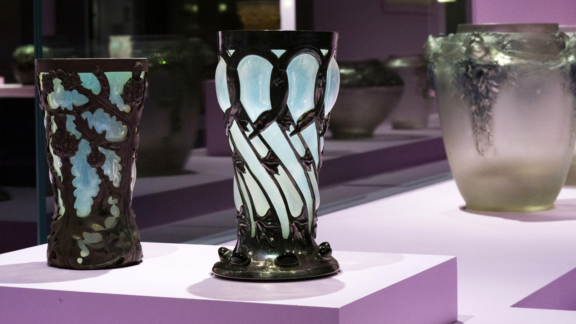
Discover how René Lalique revolutionised the concept of jewellery, introducing glass as a material of creation.
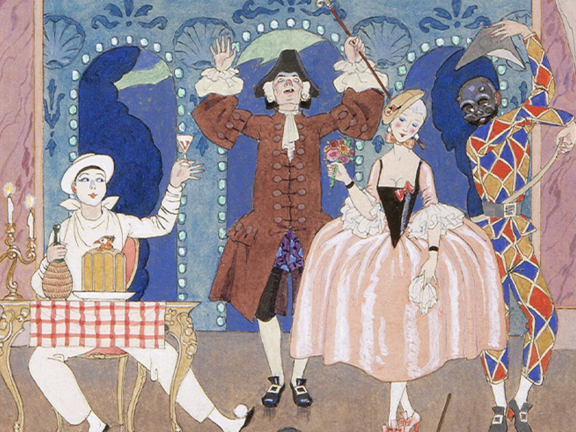
A selection of books by the poet Paul Verlaine now on display in the Museum.

When Calouste Gulbenkian purchased the hôtel particulier at 51 Avenue d’Iéna at the age of 53, the 36-metre wide avenue was home to members of the elite, including financiers and collectors.
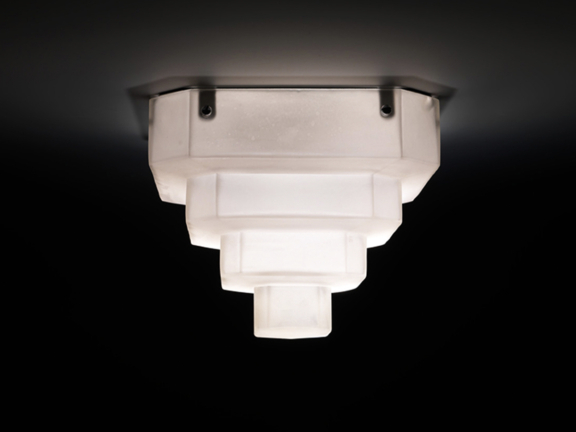
In 1922, Calouste Gulbenkian purchased a property in Paris: a mansion located at 51 Avenue d’Iéna in the city centre, which belonged to the great collector Rodolphe Kann.
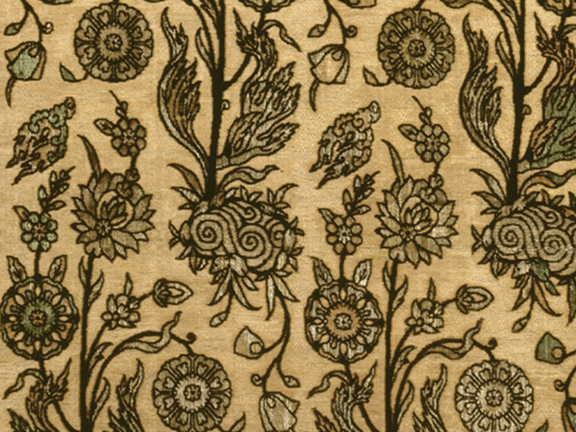
In the early 20th century, Hagop set up a business selling works in Bishopsgate, London, not far from the Gulbenkian family firm, which dealt with the importation of rugs.

Calouste Gulbenkian began to buy artworks in the late 19th century, largely guided by his own personal taste. Many of his purchases, however, were only decided upon after long conversations with experts and art dealers.
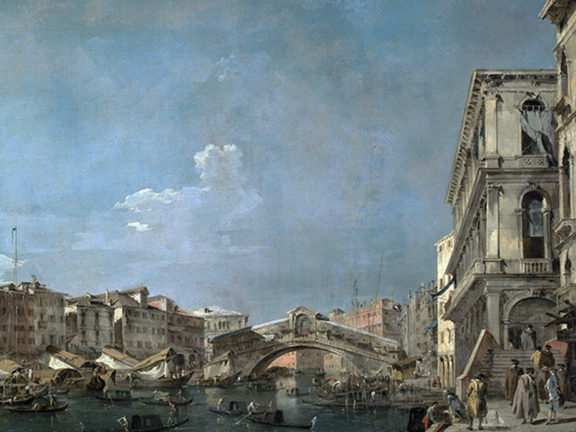
Rodolphe was known for seeking out rare and valuable works, frequently turning to the advice of experts and connoisseurs of the art market.
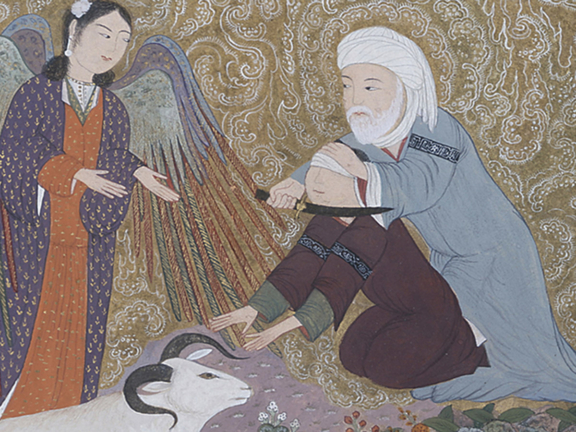
Gulbenkian bought pieces from the collections of members of the Rothschild empire, such as the French writer and playwright Henri Rothschild.

Alma-Tadema worked with several Belgian artists of note. His work evolved towards the design of stage sets and costumes, as well as furniture pieces.
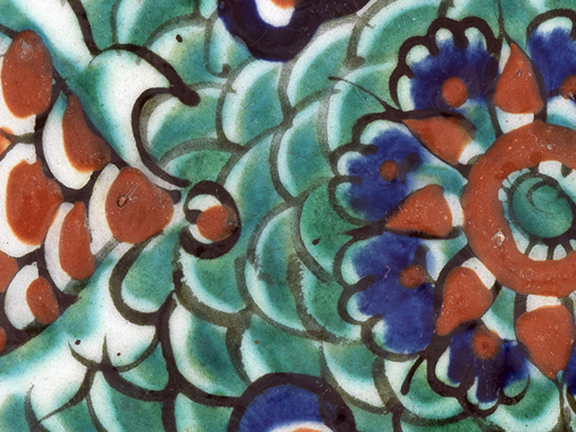
The pieces in the Collection come from different places, passing through the hands of various dealers and owners who have left a mark on the history of art.
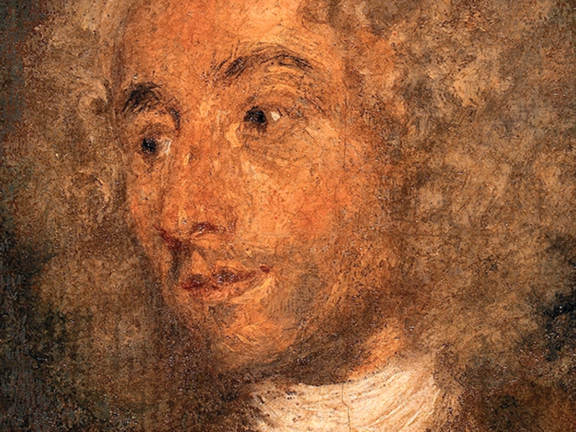
Considered to be one of the most creative and original artists of the 18th century, Antoine Watteau had a prolific career that ended too soon.
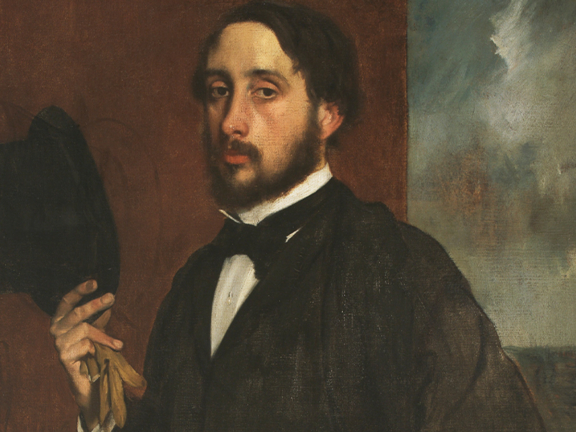
One of the best-known names in French painting, with links to the Impressionist movement, is represented in the Founder’s Collection by two paintings.
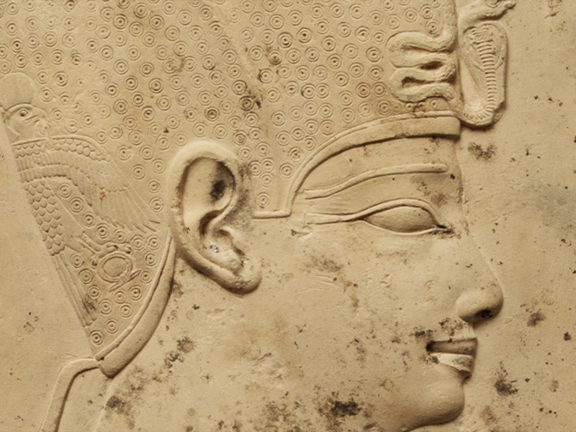
Calouste Gulbenkian’s collection of Egyptian artworks is testimony to his immense fascination with Egyptian civilisation.

Tokaido has been hugely popular in art and literature and it has been adopted as a theme by contemporary artists.
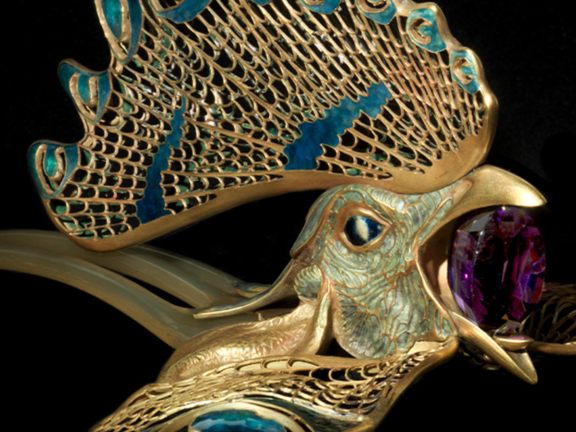
Calouste Gulbenkian lived in France until 1942, when World War II obliged him to reconsider staying in the country. The initial plan was to move to the United States with his family and his collection; however, his stay in Lisbon eventually became permanent.